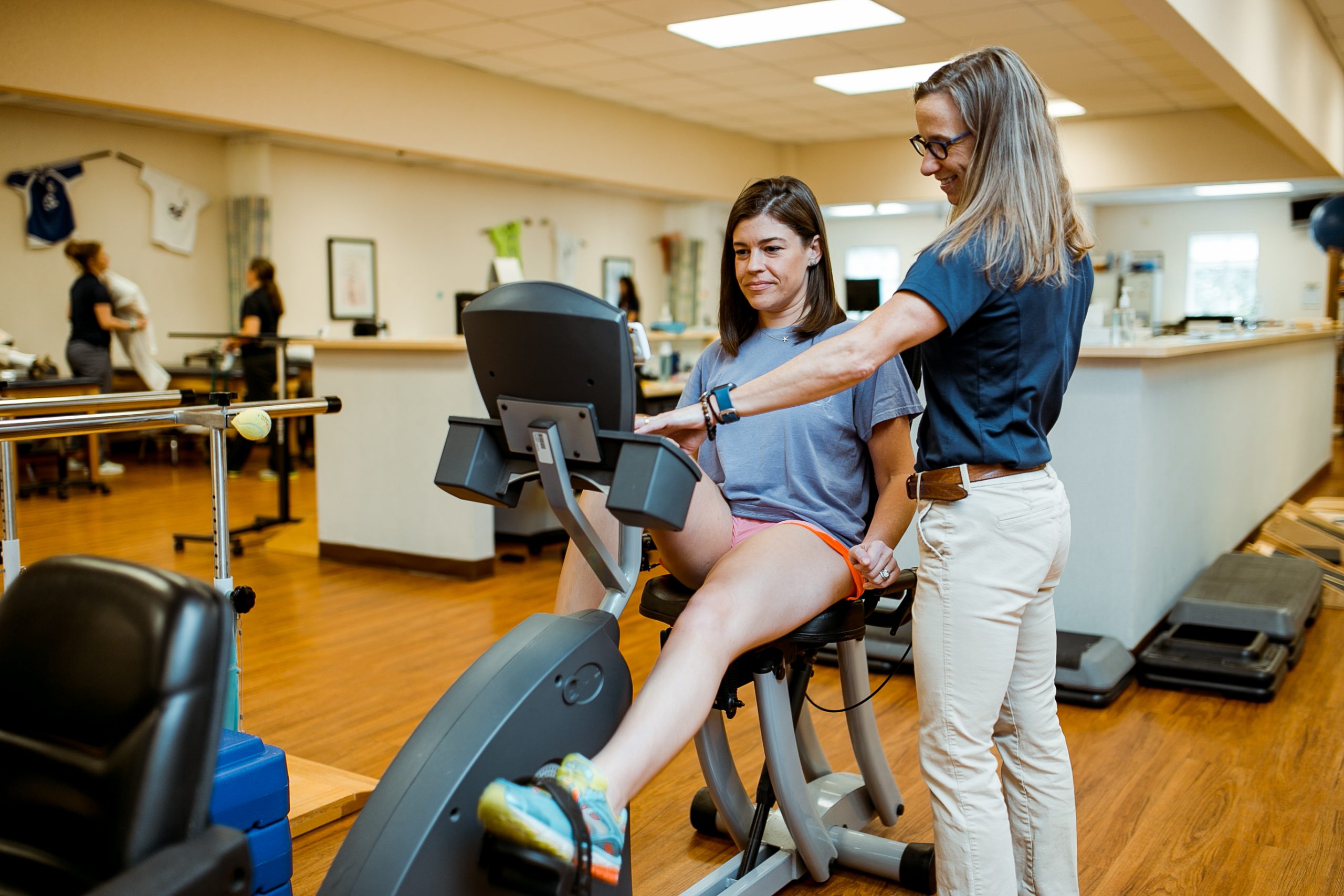Perfecting this Craft of Workplace Design to Optimize Comfort and Efficiency in Workspaces
Perfecting this Craft of Workplace Design to Optimize Comfort and Efficiency in Workspaces
Blog Article
Refining this discipline of human-centered design is critical for creating office setups that promote physical well-being and operational efficiency. Applied ergonomics is the study of engineering task areas, tools, and tasks to fit the capabilities of team members. By emphasizing how individuals interact with their physical environment, businesses can minimize discomfort and prevent repetitive stress disorders. An ergonomic workspace supports fluid movement and reduces strain, which can contribute to improved effectiveness and satisfaction among employees.
One key aspect of ergonomics is the arrangement of fixtures and devices. Workstations should be at a level that enables users to remain seated with their forearms at a 90-degree angle while inputting data. Chairs should provide adequate reinforcement for the lower back, supporting good posture. Additionally, screens should be aligned at visual height to avoid cervical tension. By ensuring that these elements are properly adjusted, workers can maintain a ergonomic position throughout their workflows, decreasing fatigue and improving focus.
Another critical consideration in an well-designed workspace is the use of appropriate tools and technology. This includes keyboards, navigation tools, and other components crafted to reduce cumulative trauma disorders. For instance, using an ergonomic keyboard can contribute to reduce wrist pain caused by long-term typing. Furthermore, modular seating systems and convertible desks empower employees to alternate their position throughout helpful resources the day, which can ease physical stress and increase energy levels. Investing in industry-grade ergonomic tools can result in sustainable work habits and improved productivity rates.
Illumination is also a critical pillar in occupational planning. Effective lighting can minimize eye strain and make it easier to engage with their find more work activities. Sunlight is preferable, but if that is not accessible, using customizable artificial lighting can aid create a comfortable atmosphere. It is necessary to avoid glaring fluorescent lights that may cause headaches or fatigue. By incorporating sufficient lighting, organizations can create an environment that enhances both comfort and efficiency.
To conclude, encouraging regular breaks is key for preserving an healthy workspace. Encouraging staff to take brief breaks can help disperse fatigue and cognitive strain. During these breaks, users should be guided to move around or get up to improve physical engagement. Structuring scheduled break times can facilitate build a routine that protects employee wellness without compromising work results. Ultimately, mastering ergonomics in the professional environment not only boosts comfort but also supports a more productive work culture where professionals can excel.